Radical Curiosity: In Orbit of Buckminster Fuller is currently open for viewing at the ArtScience Museum Singapore, designed by architect Moshe Safdie, one of the many architects inspired by Fuller's works. The exhibition is a co-production between Fundación Telefónica, Madrid and ArtScience Museum and has been curated by Rosa Pera and José Luis de Vicente. Unlike a typical exhibition, Radical Curiosity implores its viewers and visitors to inquire behind Fuller’s approach towards problem solving and experimentation through design. Declaring himself as a “comprehensive anticipatory design scientist”, Fuller’s work focused on world issues like, shelter, affordable housing housing, transportation, education and world energy, issues that hold heavy importance in the 21st century. The exhibition first opened on 22 January 2022 and will remain on display until 10 July 2022.
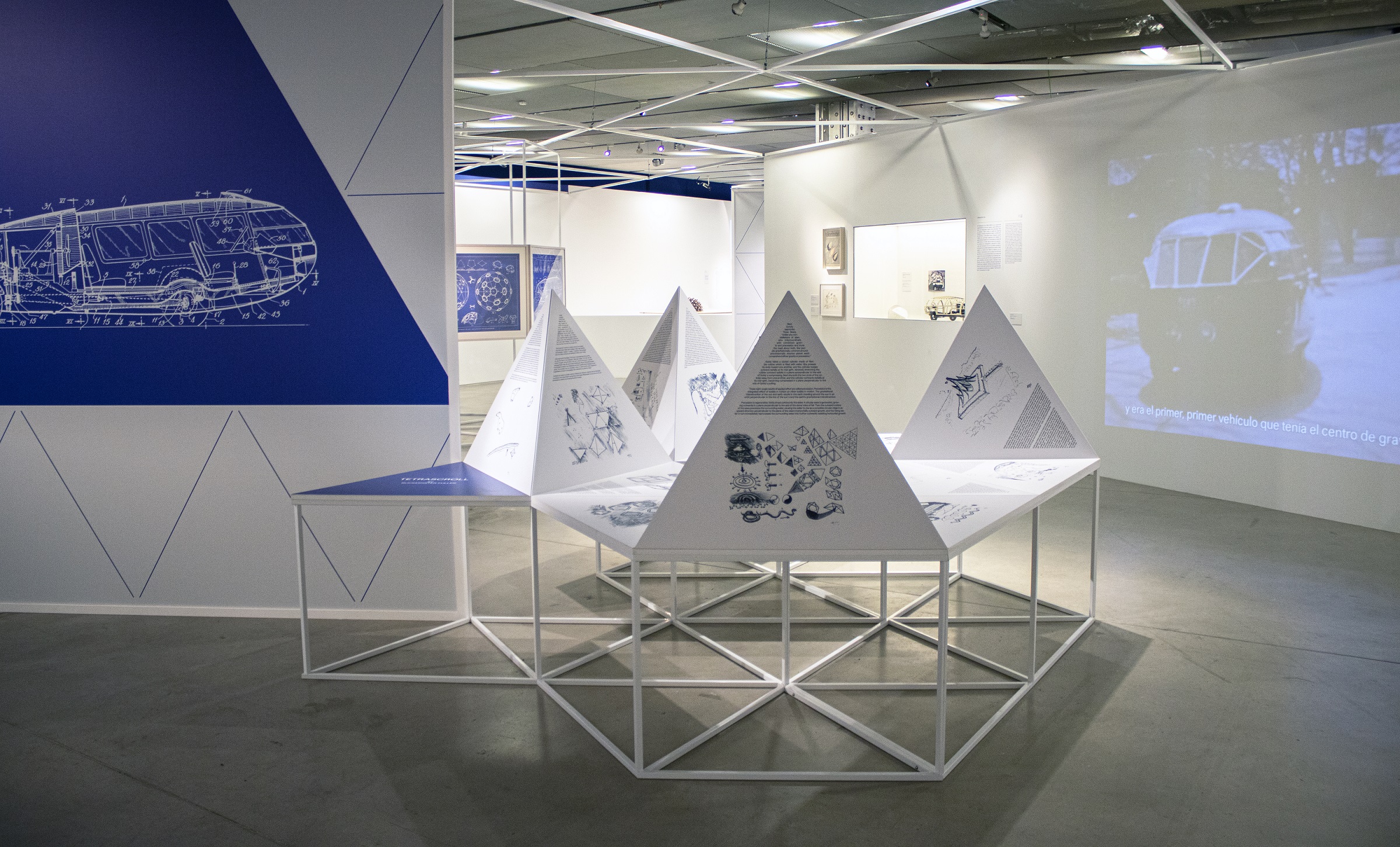
Richard Buckminster Fuller was an American architect, systems designer, philosopher, author, designer, inventor and futurist whose works have transgressed into our lives in society over the past century. With his aim to solve the world’s problems, Fuller was one of the first to approach his work with the concept of sustainability. Most famous for his Geodesic Domes, Dymaxion houses and the Spaceship Earth theory, his focus on protecting natural resources and using minimum material to create designs with maximum efficiency has shaped the way the world approaches design. These teachings and philosophies of Fuller have further influenced generations of architects, designers, artists, businessmen and inventors, and as we go into the 21st century with unparalleled levels of unchecked level of unsustainable practises, the works of Fuller become more important than ever.
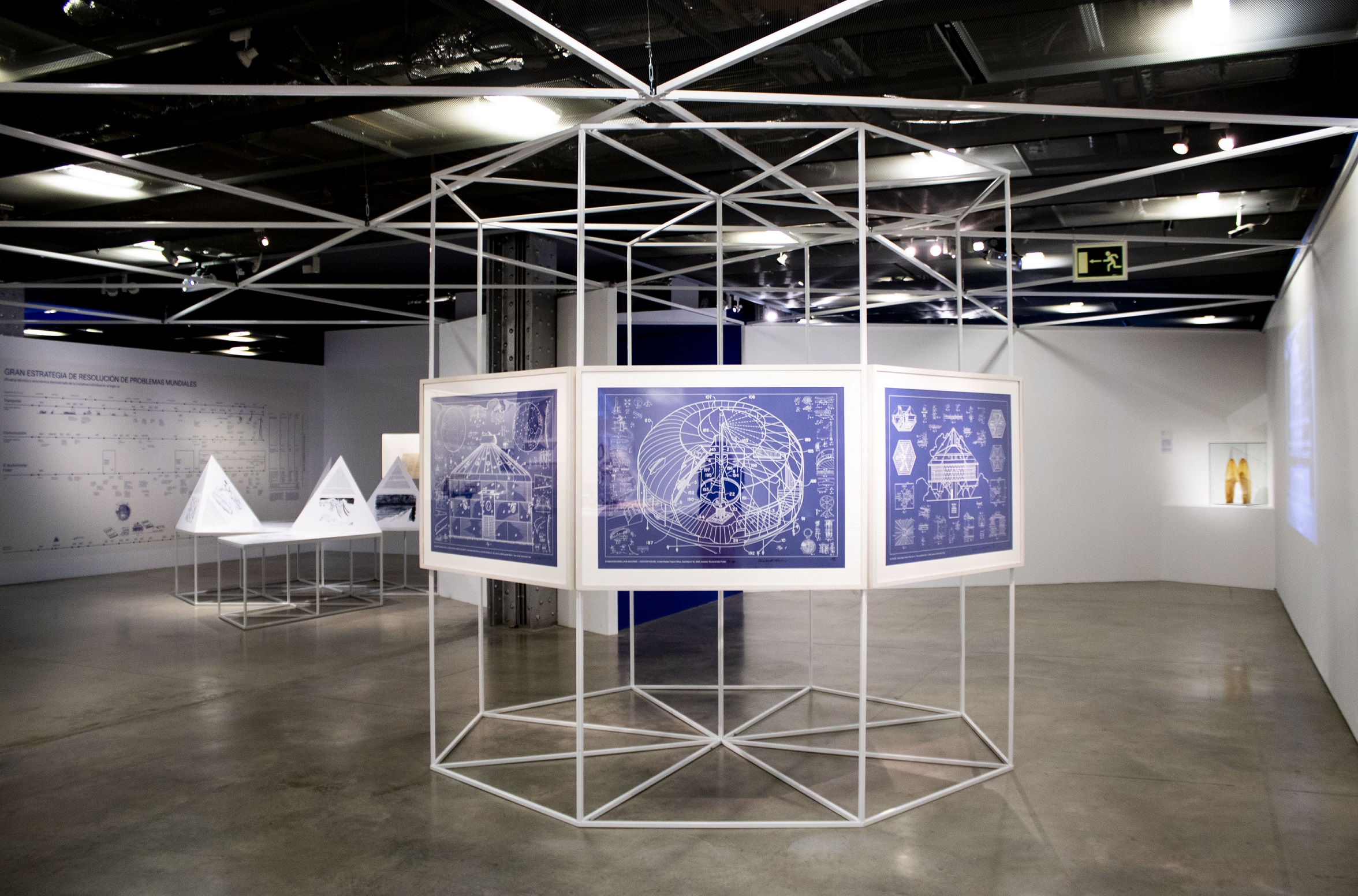
One of the key pieces from the exhibition entails the Dymaxion Chronofile, a curated detailed archive of the life and work done by Fuller from the age of 22 in 1917. Fuller collected and archived whatever he worked on during his lifetime helping create a document with over 145,000 different entries, talking about the design process, products, experiments, rough works and details from his personal life making it one of the best documented lives in our modern history. Other noteworthy pieces include the Inventions: Twelve around One, a series of eight technical drawings that show Fuller’s key inventions - the 4D House, Dymaxion Car, Dymaxion Deployment Unit, Dymaxion Dwelling Machine, Tensegrity, Submarisle, Monohex Geodesic Dome and Tensile-Integrity Structures projects. The exhibition goes into the intricacies of his works, showing Polyhedra stars and Geodesic domes around the space. Besides Fuller, the works of other utopian architects and artists who were influenced by Fuller have been showcased in Radical Curiosity.
In his 1968 book, Operating Manual for Spaceship Earth, he referred to Earth as a spaceship, with humans being the crew and the entire planet trying to reach the same destination, hence the requirement to work in harmony is emphasised. In this very book, Fuller brought forth the issues of the oil industry and its future perils before world governments were made aware, “We can make all of humanity successful through science's world-engulfing industrial evolution provided that we are not so foolish as to continue to exhaust in a split second of astronomical history the orderly energy savings of billions of years' energy conservation aboard our Spaceship Earth. These energy savings have been put into our Spaceship's life-regeneration-guaranteeing bank account for use only in self-starter functions,” Fuller stated in his book. Working around these ideas and the repercussions of non-sustained growth have been talked about with regards to urban population growth, farming and the fossil fuel usage.
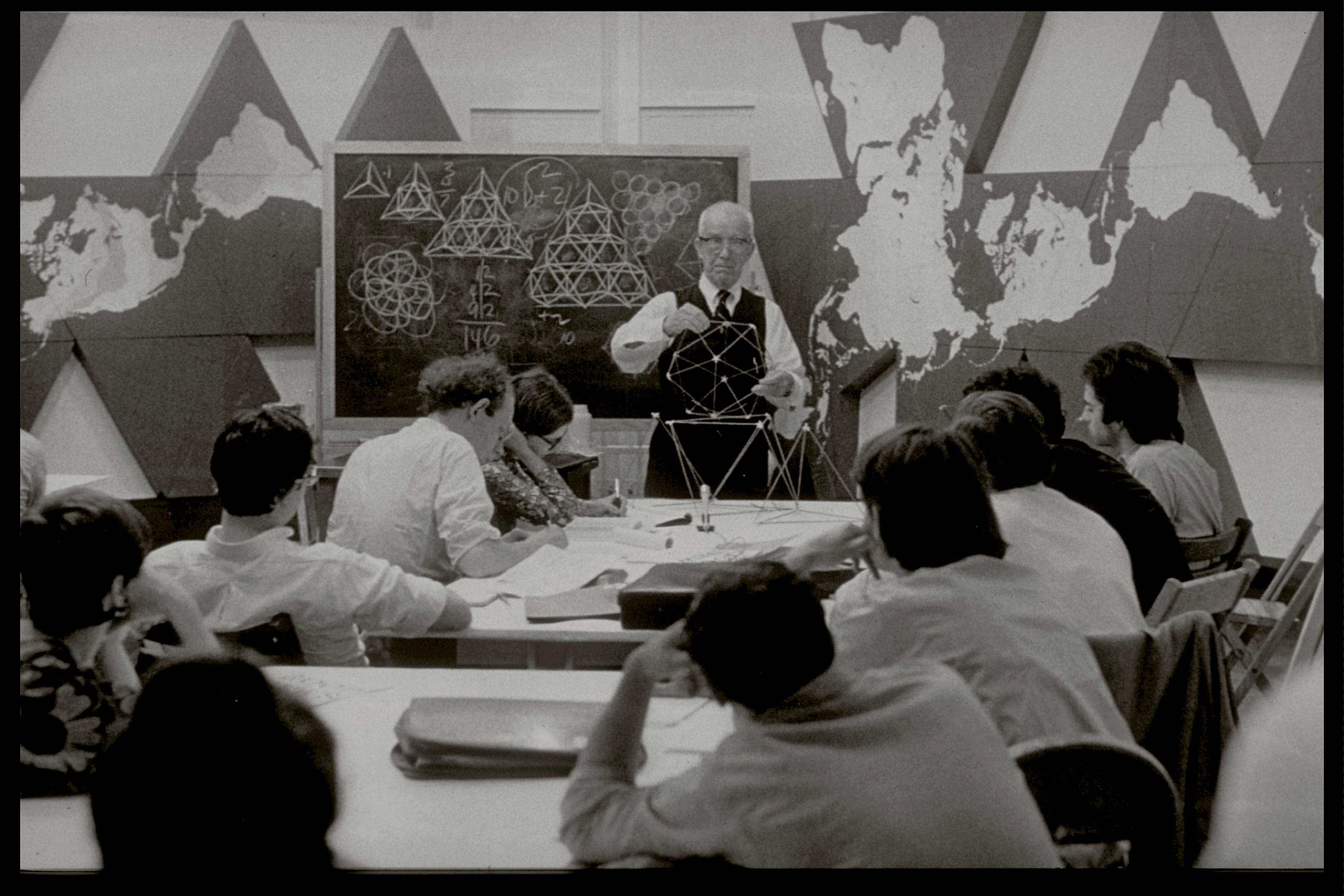
Radical Curiosity aims to exhibit a philosophy more than actual works, enticing visitors to take back the urge to help others through ingenuity. The theme of making the world work for the entire 100% of humanity is a strong one that can be seen in all his works and the work done by the generations he has influenced, “His [Fuller’s] inspiring message and drive to innovate for the better are what we hope will be most memorable for this exhibition” shares Pera and de Vicente, Curators of Radical Curiosity.






 Sign in with email
Sign in with email



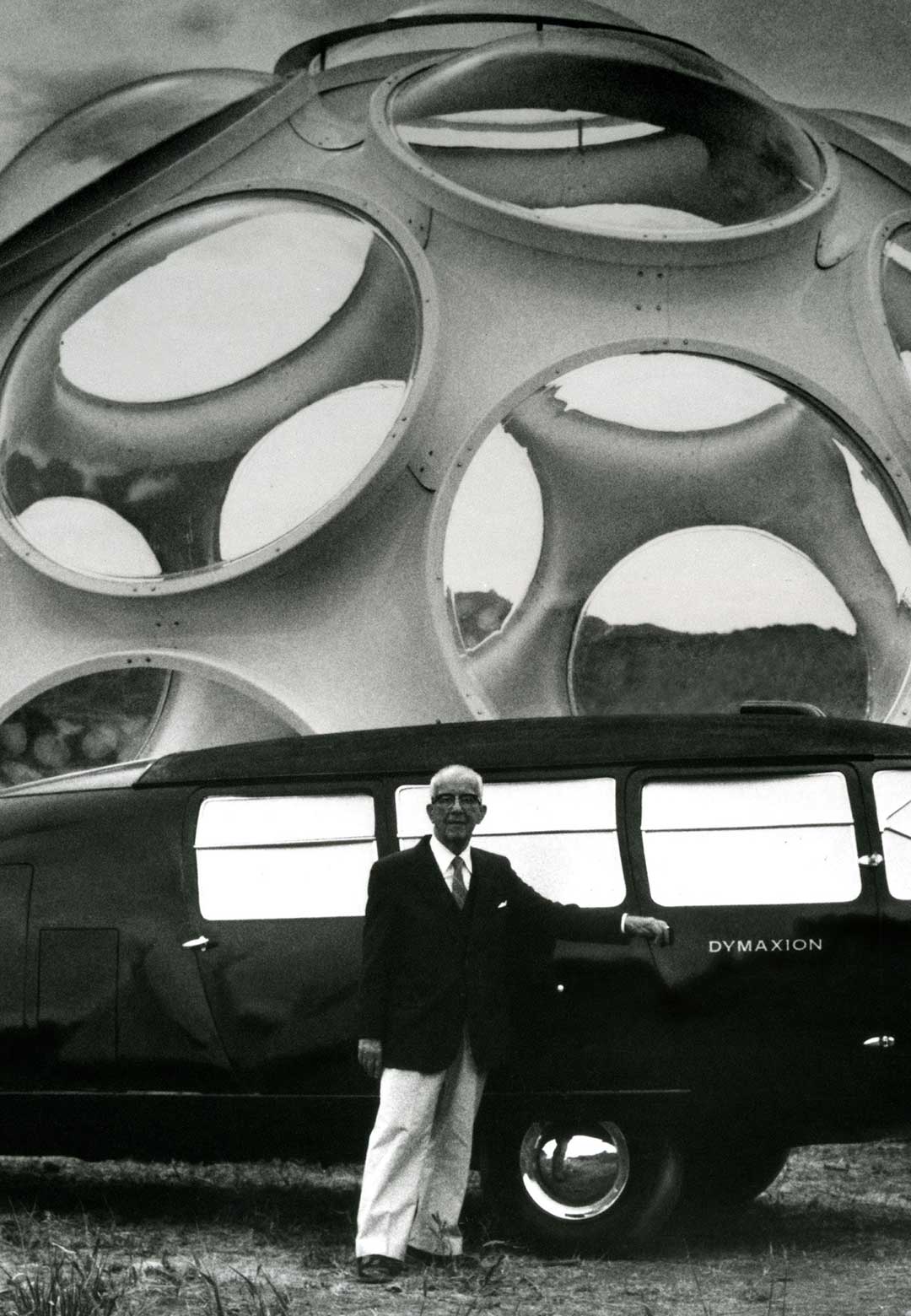
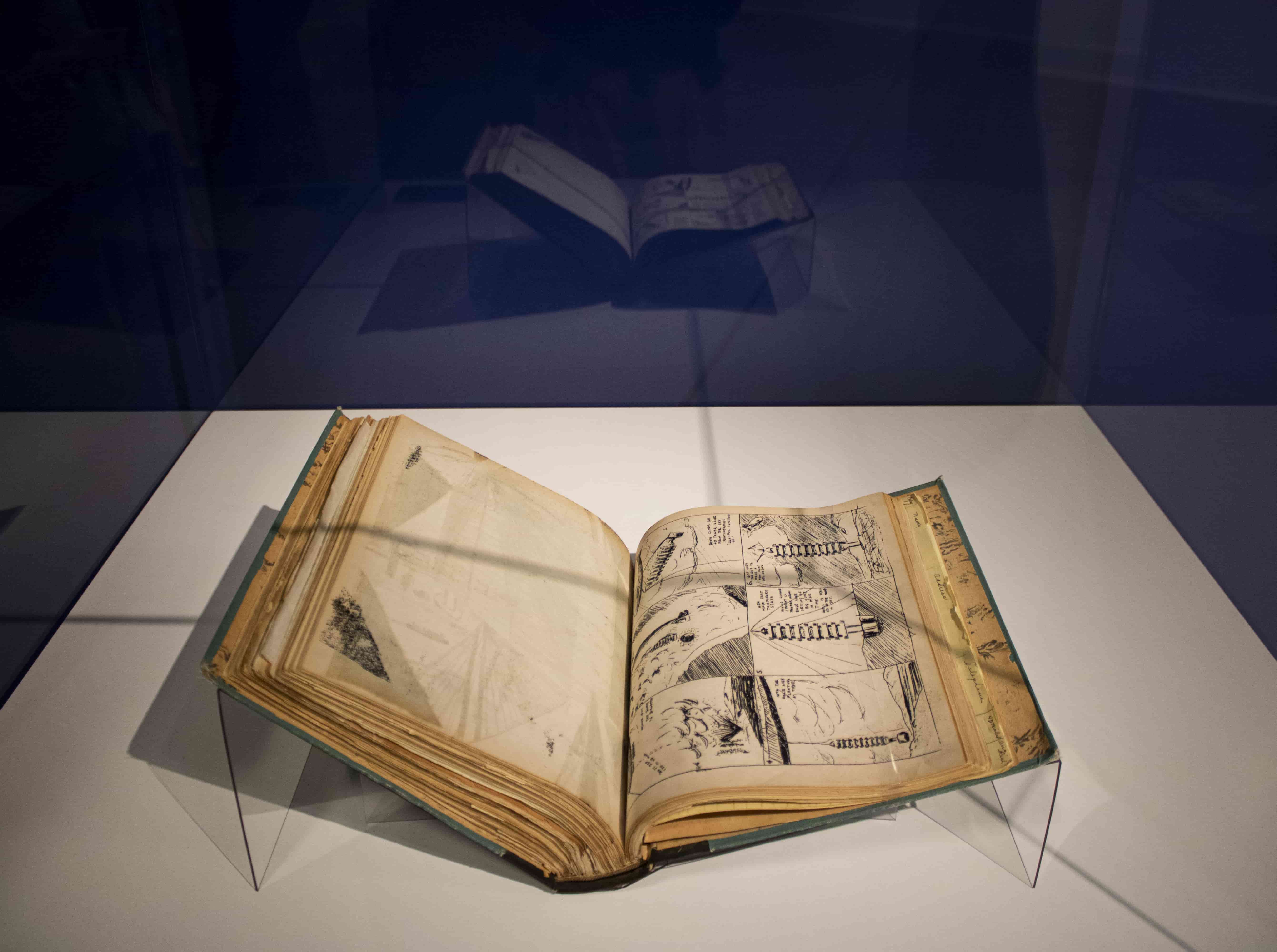
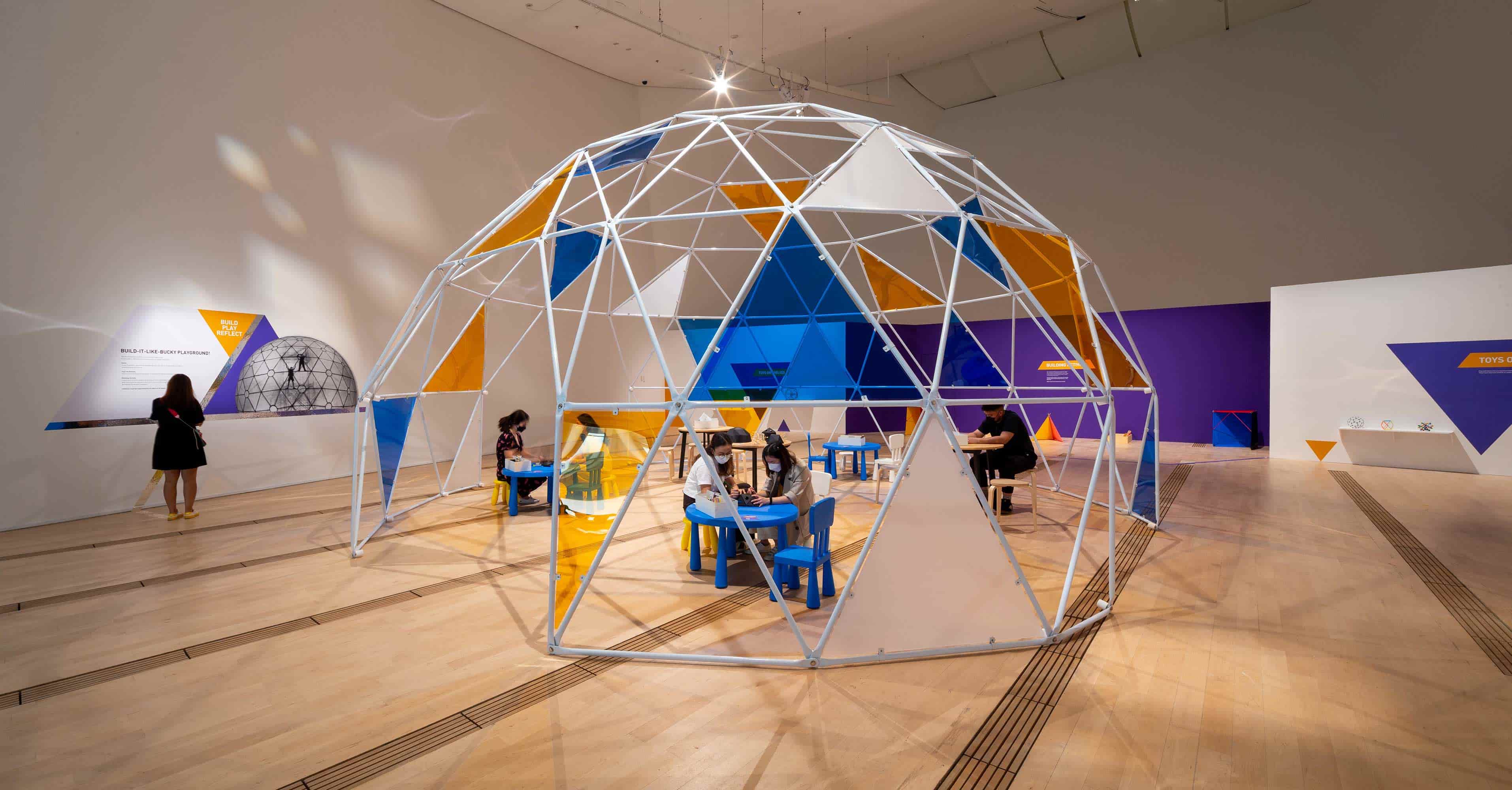




What do you think?